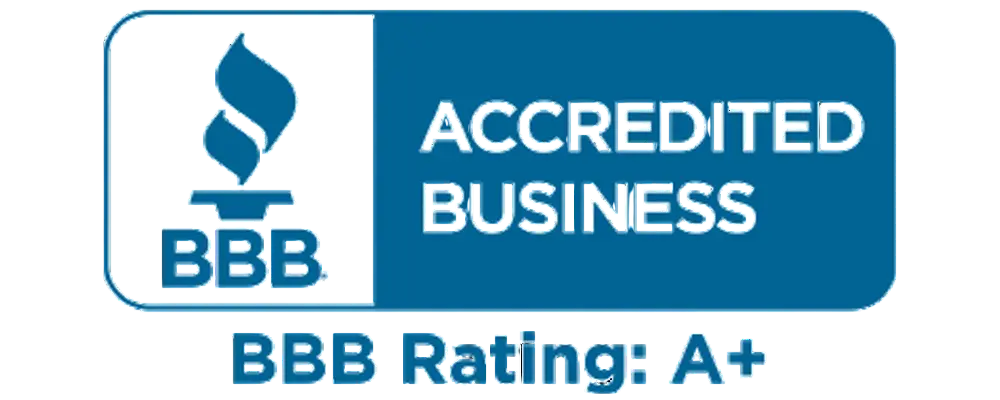Download free PDF
Float Glass Market Size, Industry Outlook Report, Regional Analysis, Application Development, Price Trends, Competitive Market Share & Forecast, 2025 – 2034
Report ID: GMI3557
Download Free PDF
Authors: Kiran Pulidindi,




Float Glass Market
Get a free sample of this report
Get a free sample of this report Float Glass Market
Is your requirement urgent? Please give us your business email
for a speedy delivery!





Float Glass Market Size
The global float glass market generated considerable revenues in 2024 and is projected to exhibit a considerable CAGR during 2025-2034, fueled by global urbanization and infrastructural advancement, especially in emerging economies. As per UN.org, currently, 55% of the global population resides in urban areas, and this share is projected to rise to 68% by 2050. Float glass is a high-quality flat glass that is produced in volume and provides multiple sectors with thin and smooth characteristics, transparency, and an economical way to produce glass, as it can be produced quickly and cheaply. Float glass is produced through the float process, whereby the molten glass is floated in a molten tin bath to create a continuous thickness of flat glass.
Float glass provides an aesthetic to modern architecture, as well as a performance for energy efficiency and safety. The introduction of new product types, including laminated, tempered, coated, and tinted float glass, allows these products to be used in a broader application of sustainable building and high-performance facades. Furthermore, growing sustainable building movements and environmental regulations across the globe that require improved energy efficiency from building construction will also contribute to demand for energy-efficient glass solutions, which generate business for the float glass industry. Finally, the continuous advances in technology, advancements in manufacturing technology, as well as advancements in coating technology aimed at reducing total production costs and improving glass performance, will also continue to be a positive contributor to the glass industry.
Float Glass Market Trends
The float glass industry is experiencing several transformational trends that are altering the dynamics of the overall market. Perhaps the most noticeable is the increase in demand for energy-efficient and environmentally friendly building materials. Governments and builders want sustainable building solutions, and with greater adoption of float glass product types with solar control and thermal insulation, such as the recently popularized 'low-E' coatings and double-glazing applications in urban development. The rise of renewable energy has led to another trend towards utilizing float glass in photovoltaic panels and solar energy systems.
Solar applications are rapidly becoming a significant high-growth vertical for float glass. Applications are beginning to include anti-reflective coatings or high-transparency options on float glass to improve light transmission and panel efficiency. Continued advancements in digital printing and product developments in decorative glass are still highly relevant in sectors such as interior design and retail. Float glass continues to innovate in the automotive sector too by manufacturing bespoke materials for lightweight vehicles and electric cars, while also offering "smart" features, including displays and sometimes solar control embedded into the float glass.
Float Glass Market Analysis
The tinted glass segment in the market held substantial growth in 2024. Tinted float glass is made with metal oxides added during processing to produce color variations in the product, such as bronze, green, or grey. Tinted glass provides a wide variety of practical utility (other than aesthetics) such as glare attenuation, heat absorption reductions, and energy savings in buildings and transport. These practical benefits help explain the popularity of tinted float glass, openings in many modern design architecture projects, and in the automotive industry.
In the construction industry, tinted glass is still a dominant material being used in commercial buildings, high-rise towers, and curtain wall systems to reduce energy consumption and improve occupant comfort. As Architects, developers, and builders explore new ways to use tinted glass, they are also looking to meet sustainability criteria and current design expectations. In the automotive market, tinted glass is preferred for windows and sunroofs to maximize occupant comfort and reduce UV exposure with better processing parameters. Tinted glass has improved optical clarity and product performance, making it more applicable to high-end vehicle builds.
The building & construction segment accounted for the largest share in 2024 and is projected to maintain its dominance during 2025-2034. Float glass is used widely in the construction industry and is used in applications such as windows, doors, facades, partitions, skylights, and curtain walls. Float glass provides visual clarity, strength, and flexibility, and is therefore an essential vision material in modern architecture. Due to increasing urbanization, the demand for green buildings is growing, and float glass is a preferred material because it meets functional and aesthetic features in those buildings.
Government incentives for energy-efficient buildings will continue to drive growth in the float glass industry as stringent energy codes, in both developed and developing countries, incorporate float glass with energy-saving coatings and insulation properties, which are integrated more into energy-efficient buildings. Increasing demand for double- or triple-glazed units to enhance thermal insulation and soundproofing has pushed the market forward. The development of smart cities and infrastructure modernization programs in countries such as India, China, the UAE, and Brazil has created tremendous prospects for float glass manufacturers.
Asia Pacific float glass market is expected to grow notably through 2034. The great potential of this region, with anticipated urbanization, expanding automotive and solar industries, and rising construction activity, is fueling the market growth. Several Asia Pacific markets, such as China, Brazil, India, Indonesia, Vietnam, South Korea, and others, are experiencing tremendous demand for float glass due to rapid growth in the real estate and infrastructure sectors.
China has instituted some of the highest rates of urbanization globally, with urban development projects and green building mandates, which have spurred significantly higher demand for energy-efficient glass products. India is also emerging as a high-potential market, with notable new housing and smart growth initiatives that also seek to conserve energy and provide modern architectural features. The automotive industry also plays a role in contributing demand to float glass manufacturing, as the Asia Pacific region is a dominant force for automotive manufacturing. Japan, China, and South Korea are major automotive producers using automotive-grade float glass in many components of the vehicles they manufacture.
Float Glass Market Share
Major companies in the float glass industry include:
To strengthen their position in the float glass market, leading companies are engaged in a variety of activities. This includes increasing capacity through additional float lines and upgrades to existing float sites, including high-tech coatings, and investing in R&D of high-performance products that include smart glass, self-cleaning glass, and energy-efficient options with solar and thermal control capabilities.
Strategic mergers and acquisitions allow players in space to access new markets and technologies in any geography. Collaborations with construction and engineering firms, automotive manufacturers, and the solar panel sector are further extending geography. Many players in the float glass industry have strategies focusing on sustainability by influencing recycling and carbon emissions reduction during manufacturing. Digitization of operations and real-time quality systems to improve manufacturing efficiencies and product quality consistency is an important endeavor for many companies.
Float Glass Industry News